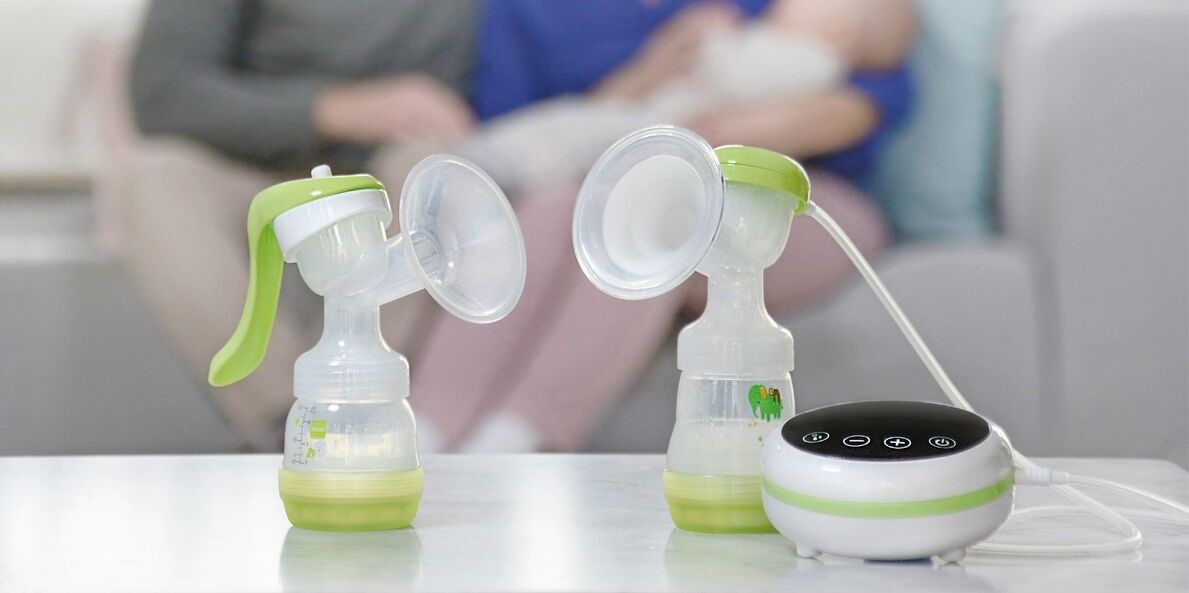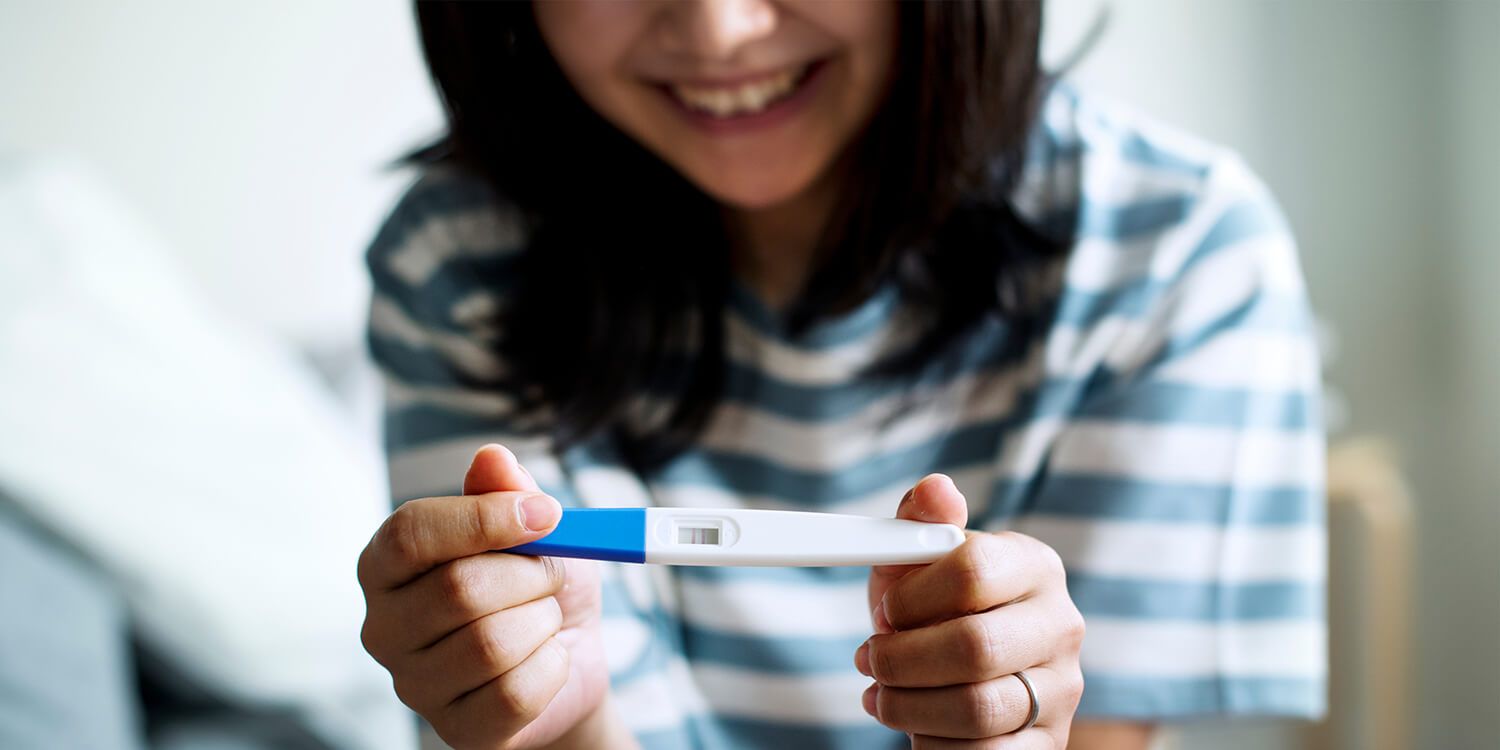A 28-day cycle and ovulation on day 14 – that's the textbook cycle. Right? Female fertility is a highly complex issue. Medically speaking, "normal" cycles are between 23 and 35 days in length1. Ovulation does not always take place right in the middle. Many women may experience variations in cycle length due to hormonal changes at different ages due to stress, changes in the environment, or other circumstances. This is not a problem in principle, but if you really want to get pregnant, it would be nice to know one thing: how can you identify the fertile days in your cycle?
When is a woman most fertile?
Most pregnancies occur if sex takes place on the day of ovulation or up to two days beforehand. Therefore, if you know your body and certain ovulation signs, things are somewhat easier. And not only that: if pregnancy does not occur after some time spent in the bedroom, observing your cycle can help to identify the reason faster. But let's look at the ideal situation first: ovulation takes place at some point in the cycle. How can you recognize it?
What is a sign of ovulation?
- Changes in the vaginal fluid: from whitish and sticky to runny and/or stretchy
- Other sensation in the vaginal area: you may notice a "flowing" sensation and the vagina becomes wet more quickly during sex
- Tightness or twinges in the abdomen – can be central, to the left or right (known as mid-cycle pain)
- The cervix is softer and slightly open

Different methods of cycle tracking
There are various methods for tracking the menstrual cycle. In the 1920s, doctors Ogino and Knaus recognized the connection between ovulation and the time of the next period – the foundations for the calendar method were laid.7 However, this variant is not very reliable due to the varying lengths of cycles.
A short time later the link between body temperature and ovulation was discovered. The conclusion that pregnancy is easier to achieve when the vaginal fluid is particularly fluid was reached back in the mid-19th century.
In the 1950s, doctors John Billings and Josef Rötzer went on to discover that women themselves could observe when their most fertile time was. Rötzer developed the temperature and cervical mucus method into the so-called "Sympto-Thermal Method".
Women who observe their cycle so closely often get a good sense of their physical signals over time without measuring them – these signals are not suitable for contraception without accurate temperature evaluation, but they are certainly suitable for increasing the chances of pregnancy.
How observing your cycle can help with problems
This exact representation of the cycle is particularly helpful with the Sympto-Thermal Method, if a woman finds she is struggling to get pregnant. With the help of the temperature curve and other notes, for example, it is possible to determine whether ovulation is actually occurring at all, and how long the two halves of the cycle are.
For successful implantation of the fertilized egg, it is crucial that the time after ovulation until menstrual bleeding (the so-called luteal or secretory phase) is sufficiently long. Not every cycle that is 28 days long and appears to be perfect will necessarily be a cycle in which you can fall pregnant: for example, it may be that ovulation occurs very late and the second half of the cycle is too short. If the high temperature lasts for less than 10 days, the cycle may not be fertile. If you notice that the time after ovulation is very short, the doctor may specifically look for a progesterone deficiency in your blood.
Cycle tracking can therefore be used to identify problems with fertility and help to find the cause and correct treatment faster. Quite apart from that, for many women it is simply a great feeling to know their own body better!
Photos: Shutterstock, Unsplash
Sources:
Natürlich und sicher – Das Praxisbuch: Familienplanung mit Sensiplan, Working Group NFP, 20th edition, Trias Verlag, ePub
Natürliche Familienplanung heute, Raith-Paula, Frank-Hermann, Freundl, Strowitzki, 4th edition





























